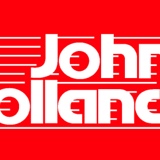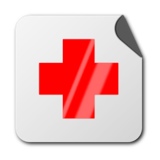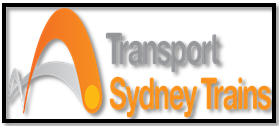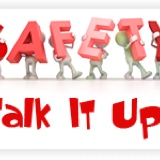Information
-
Document No.
-
Client / Site
-
Conducted on
-
Audit Title
-
Prepared by
-
Location
-
Personnel
Planning
-
Ensure the people are competant to do the task.
-
Inspect the area, tools,and equipment before use.
-
Identify and communicate any hazard or risks to fellow workers.
-
Look at SWP, SWMS or work instruction where available.
-
Undertake a prestart check, hazard ID.
-
Identify permit requirements.
-
MSDS available and awareness of substance to be used.
-
Identify correct tools and equipment to carry out the task at hand.
Body posture
-
Position their body such that they aviod being struck, sprayed, crushed, pinned<br>or in contact with a release of stored energy.
-
Take care in looking where they are moving, walking or driving.
-
Concentrate on the job in hand
-
Consider the general secure layout of the work area.
Manual handling
-
Lift correctly using their legs.
-
Maintain balance, no over stretching or twisting while handling equipment.
Driving and operating
-
Wear seatbelts provided.
-
Drive to the conditions of the roadways.
-
Use the horn. indicators and lights as required.
-
Check to ensure emergency stop switches are working
Personal Protective clothing and equipment
-
In good, clean state of repair.
-
Worn as required and in line with the identified inherant hazards.
-
The correct type for the job at hand.
Isolation and Tagging.
-
Applied positive isolation where required.
-
Applied a danger/out of service tag as required
-
Used barrier tape or physical barriers where required.
-
Used barrier tape or physical barriers where required.
Additional behaviours to be observed
-
Verify adequacy of the pre-start process i.e. how effectively do they induct you onto their site
-
Check the rigour of the risk assessment - have ALL hazards been identified, are the controls adequate - why are they doing the job the way they are doing it?
-
Check the effectiveness of the clarity of communication i.e. who is the 'responsible person' on site - is this clear, is it agreed, is it respected?
-
Confirm compliance with procedures (generally)
-
Check housekeeping of site / state of vehicle
-
Positive feedback given to acceptable actions
-
Feedback and action items raised to eliminate at risk behaviours.
-
These items should be raised in the next shift meeting
-
Signature of observer













